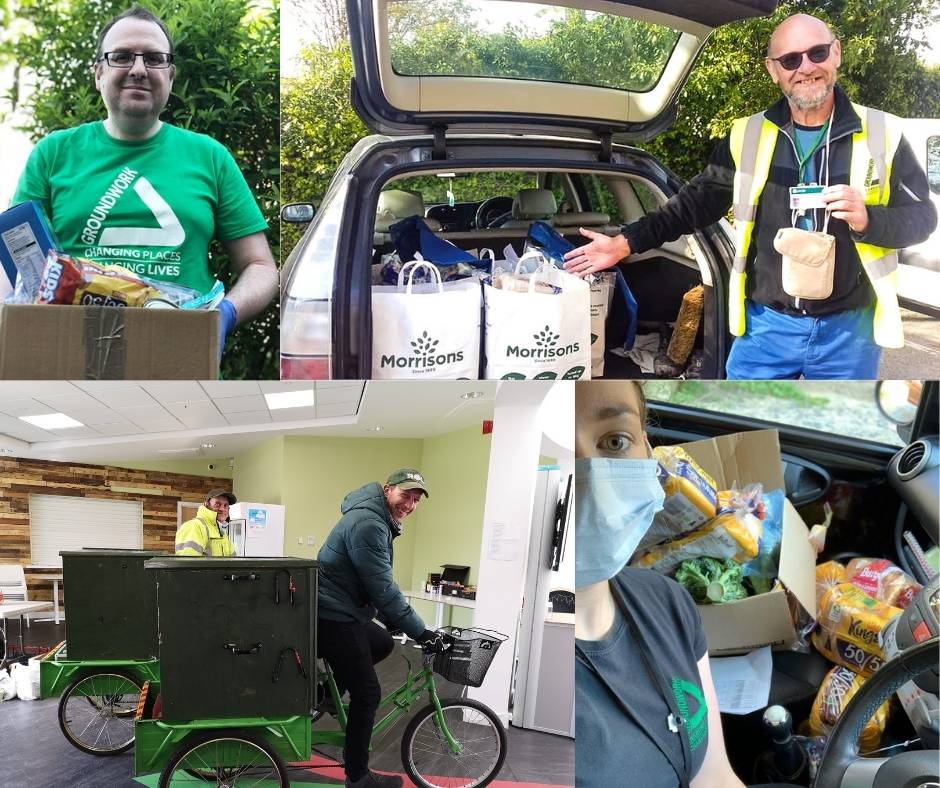Ensuring everyone in the world has access to a nutritious diet in a sustainable way is one of the greatest challenges we face.
Food accounts for over a quarter of global greenhouse gas emissions.
Our food production system lies at the heart of trying to tackle climate change, reducing water stress, pollution, restoring lands back to forests or grasslands, and protecting the world’s wildlife.

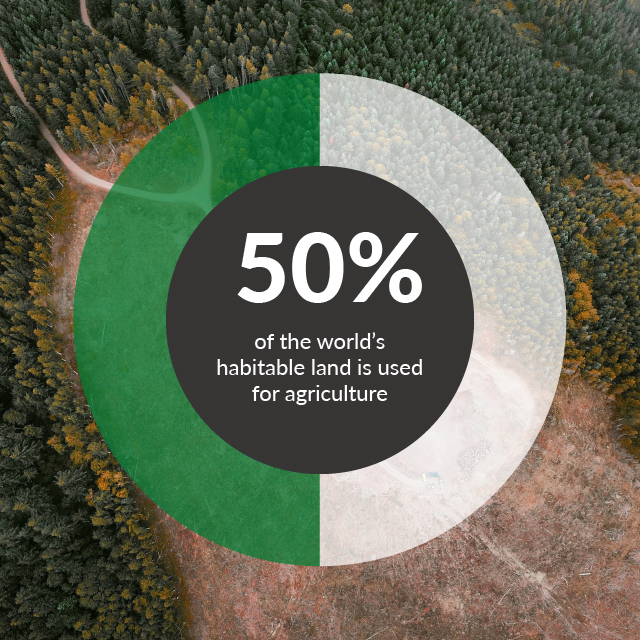
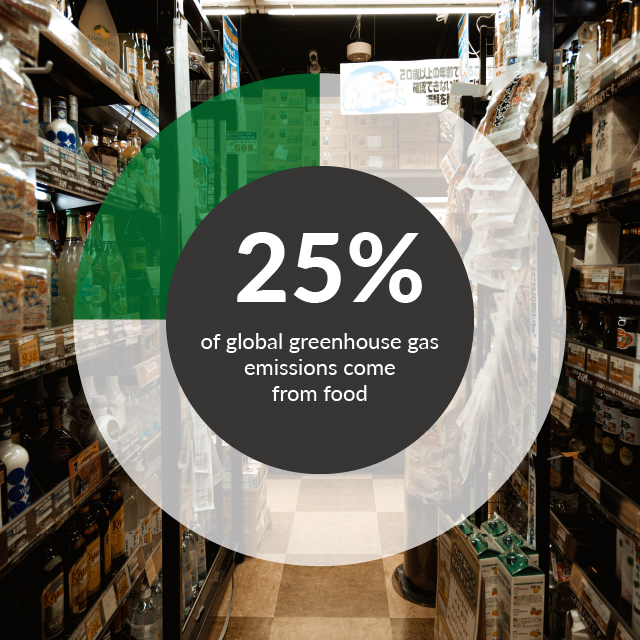
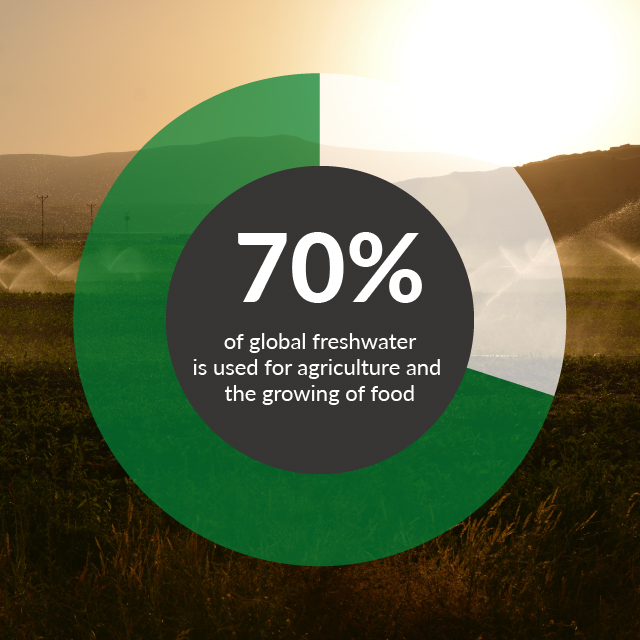
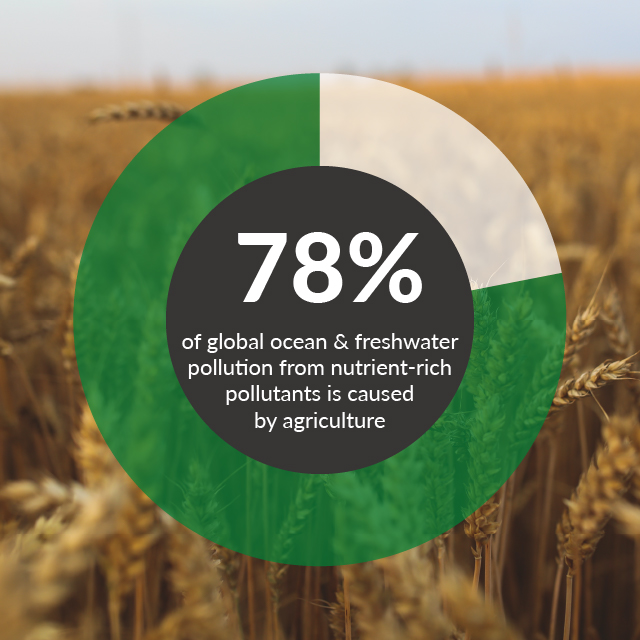
Your challenges
Did you know that many of the parts of our fruits and vegetables that we throw away can actually be used again? Watching kitchen scraps turn into a new meal is really satisfying and a fun way to teach children about where their food comes from – and nothing beats the taste of something you’ve grown yourself!

Step 1: Re-grow spring onions
Instructions:
- Slice off the ends of the bulbs, leaving roots attached.
- Stand the bulbs root-end down in a small jar or egg cup. Add enough water to cover the roots, but leave the top edges above water.
- Set on a windowsill and keep the roots moist. After a few days, green shoots will emerge from the tops of the bulbs. After that, they’ll grow very quickly.
- Keep the roots submerged and change water at least once a week.
- Plant out in soil if you want to continue growing.
You don’t have to stop at spring onions!
You can also easily regrow these tasty veggies from scraps:
- onions,
- leeks,
- potatoes,
- celery,
- fennel,
- lettuce,
- cabbage
- and many more.

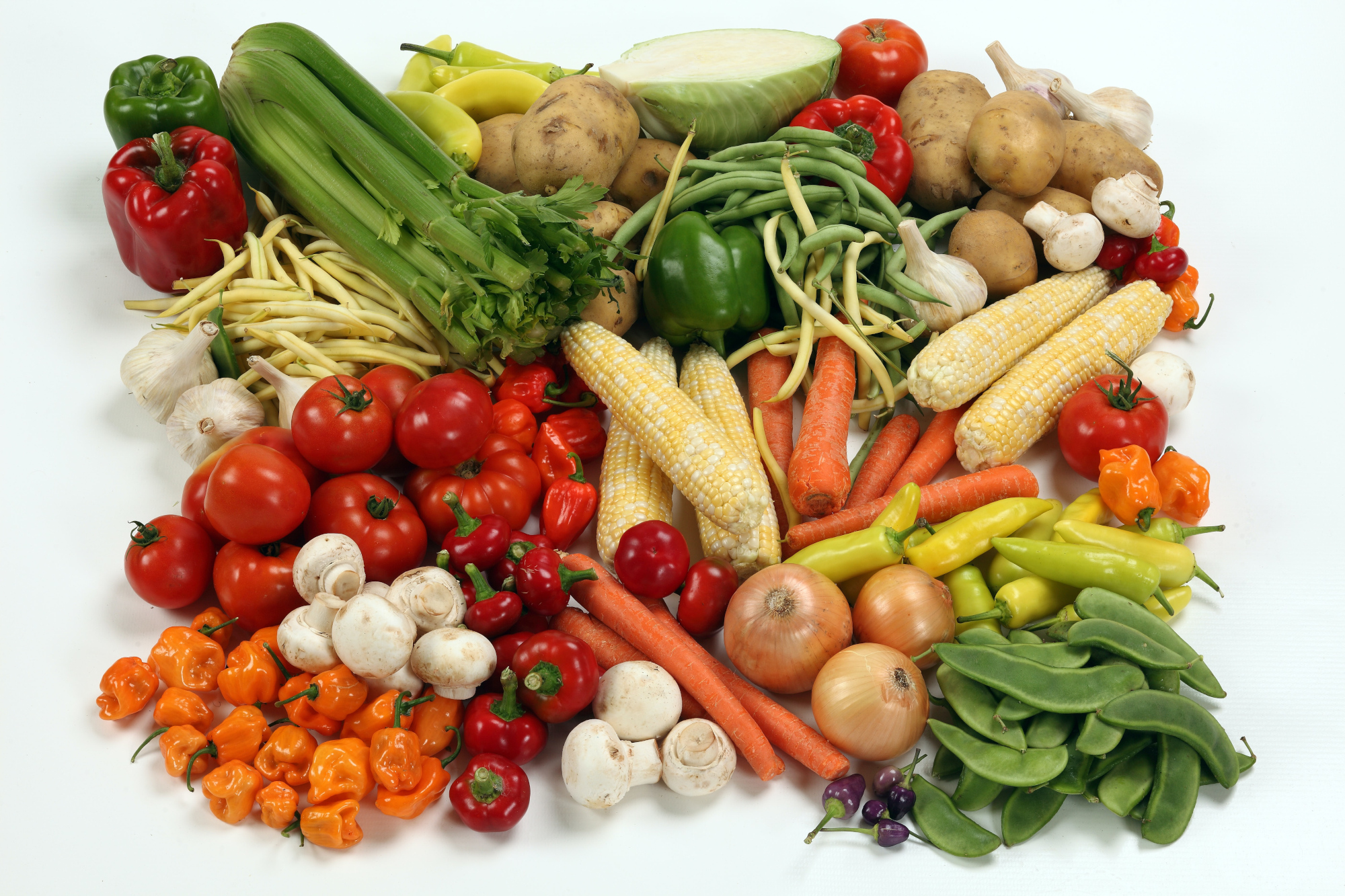
Step 2: Collect and sow
fruit and vegetable seeds
Many of the fruits and vegetables that we get in the supermarket or greengrocers contain the seeds we need inside them to re-grow them in our gardens or on our windowsills.
Here is a list of foods you can collect the seeds from and sow straight into compost in a container with holes at the bottom. Just make sure the seeds are buried about 1cm deep under the compost and water after planting.
- Tomatoes
- Chilli Peppers
- Sweet Peppers
- Lemons and limes
- Pumpkins and squash
- Dried peas
- Dried beans
You can also regrow avocadoes by either burying the big stone in compost so it is just poking about 1cm above the top or partially submerging the stone in water, then replanting it when the roots form.
Some plants won’t fruit unless they are pollinated, so once the plants are big enough you might need to put them outside so pollinators like bees can reach them.

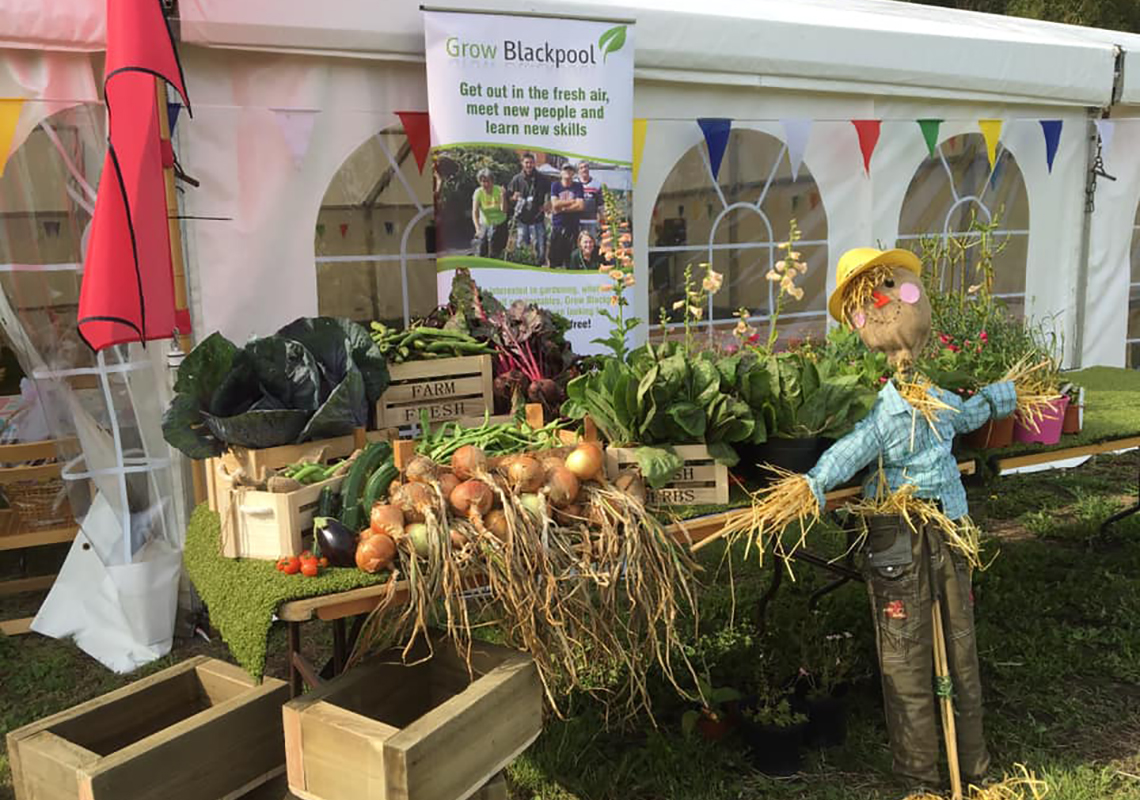
What Groundwork is doing
Food Growing
Groundwork helps people to build community food growing gardens in their local areas, particularly in deprived communities where residents are less liekly to have access to green space or fresh food.
We train people to give them the skills to grow their own salads, vegetables and fruit, and give them a better understanding of the health benefits of having them in their diets, as well as ideas on how they can be used in food preparation.
We often use the food growing activities to arrange a community feast and for getting people from different backgrounds together to build cohesion in the community, and to share their cooking and eating experiences.
Keeping people fed during lockdown
Groundwork teams leapt into action to support vulnerable residents in our communities during lockdown.
For example in Blackpool our Grow Blackpool team hopped on their delivery bikes to take essentials and freshly grown food to shielding residents. In Leeds, the team coordinated emergency food deliveries for whole neighbourhoods and in many places our staff took to social media to keep people connected and provide tips to grow your own at home.
